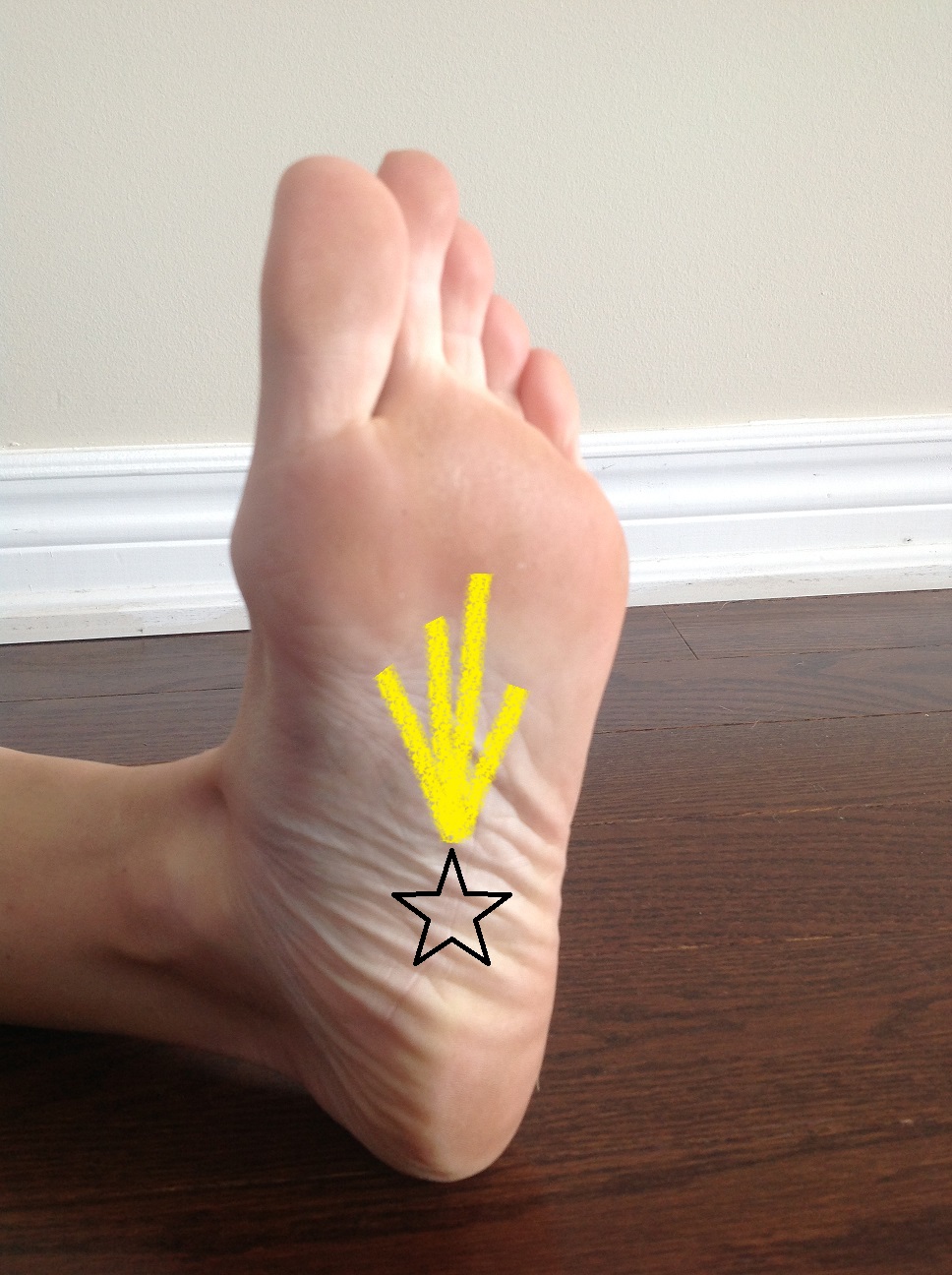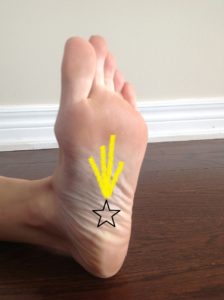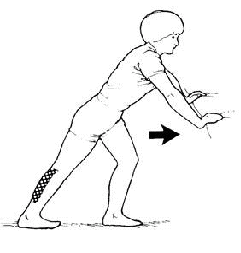Plantar Fasciitis Physical Therapy in Burlington Ontario
Pain in the bottom of the foot is very common, affecting both active and sedentary people. Some of the conditions associated with this type of pain include tarsal tunnel syndrome and various nerve entrapments, stress fracture and fat-pad syndrome. The most common condition affecting the bottom of the foot is plantar fasciitis (fash-ee-itis). Some authors estimate that plantar fasciitis affects 10% of adults and comprises 15% of all foot complaints that require professional care.
Plantar Fasciitis – What is it?
The plantar fascia is a strong, thick tissue on the bottom of your foot. It runs from your heel to your toes, and is stretched when you pull your toes up toward your shin. As previously mentioned, plantar fasciitis causes pain in the bottom of the foot. It usually begins with no obvious cause and is often worse in the morning or after a period of non-weight bearing. Similar to chronic tendon disorders, recent literature suggests that it is less likely to be a pure inflammatory condition but rather attributed to the degeneration of plantar tissues. Due to this, the term plantar fasciosis has become common.
Plantar Fasciitis – How Long Does it Last?
Plantar fasciitis is actually considered a self-limiting condition. This means, eventually, it will heal on its own. That being said, recovery without treatment can take a considerable amount of time…years! Perhaps this can be expected as the injured person is putting their body weight through the damaged tissue with every step that they take! This is why treatment for plantar fasciitis is very common and almost always a necessity!
Plantar Fasciitis – Risk Factors
Several authors have suggested that reduced dorsiflexion (bringing your toes toward your shin) is a risk factor for the development of plantar fasciitis. Other documented risk factors include elevated body mass index, type and intensity of activity (workplace demands), micro-trauma, advanced age, abnormal foot mechanics and poor footwear. In most instances the cause of plantar fasciitis is multifactorial.
Plantar Fasciitis Treatment
There are many different options for treating plantar fasciitis. Ultrasound, night splints and shockwave therapy are common treatments for this condition, all with varying results. At our Chiropractic and Physiotherapy clinic in Burlington we have found great success in treating plantar fasciitis using one or more of the following;
Active Release Technique for Plantar Fasciitis – Plantar fascia release is a very popular method for treating this condition. It involves a hands-on procedure in which the practitioner holds various muscles in the foot and lengthens the tissue at the same time. Plantar fascia release is very effective for resolving plantar fasciitis, especially in chronic cases.
Graston Technique for Plantar Fasciitis – The Graston Technique is a newer approach to treating Plantar Fasciitis. It involves the use of stainless steel instruments that glide over the sole of the foot to assist in removing scar tissue.
Laser Treatment for Plantar Fasciitis – Laser treatment for plantar fasciitis has become very popular due to its reputation for being effective. Laser treatment for plantar fasciitis is painless and usually requires approximately 8-10 visits over the span of 4 to 5 weeks. At our clinic, laser treatment for plantar fasciitis can be provided through our chiropractors or our physiotherapists.
Taping Plantar Fasciitis – Taping plantar fasciitis can sometimes be helpful. This depends on the presenting foot-type of the patient and whether they’ve tried this approach in the past.
Orthotics for Plantar Fasciitis – Our clinic has also found great success with the use of custom foot orthotics. Although much of the literature reviewing the treatment options for plantar fasciitis is conflicting, there is good evidence to validate the use of foot orthotics. From our experience, the success of orthotic intervention depends on the presenting foot-type of the patient…not all patients require prescription orthotics.
Acupuncture for Plantar Fasciitis – Acupuncture for plantar fasciitis is also an effective approach for treatment. It involves the application of acupuncture needles to the various points in the lower limb related to plantar fasciitis. Treatment lasts approximately 20 to 30 minutes and can be billed under most employee benefit plans as acupuncture or physiotherapy.
As with most of our blogs we try to offer some practical tips that you can immediately implement at home. Some patients with plantar fasciitis benefit from rolling a tennis ball or frozen water-bottle under the affected foot. Wearing good supportive footwear around the house can also be helpful. Given the evidence for limited dorsiflexion as a risk factor for plantar fasciitis, gentle stretching (as pictured below) or rolling of the calf muscles may assist in prevention. If you’ve had plantar fasciitis (or plantar fasciosis) for over a month it is more than likely that these “home remedies” will be unsuccessful.
Want to discuss the best option for you? Feel free to call or email our clinic and speak to one of our professionals! 905.220.7858 info@burlingtonsportstherapy.com
References
League AC. Current concepts review: planar fasciitis. Foot and Ankle International 2008; 29 (3): 358-366.
Delitto S, Dewitt J, Ferland A, Fearon H, MacDermaid J, McClure P, Shekelle P, Smith AR, Torburn L. Plantar fasciitis – APTA clinical guidelines. Journal of Orthopaedic & Sports Physical Therapy 2008; 38(4): A1-A18.
Roos E, Engstrom M, Soderberg B. Foot orthotics & night splints for plantar fasciitis. Foot and Ankle International 2006; 27: 606-611.
Disclaimer – https://burlingtonsportstherapy.com/blog/disclaimer/










